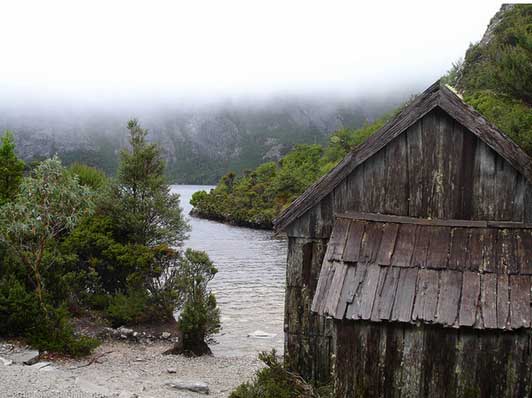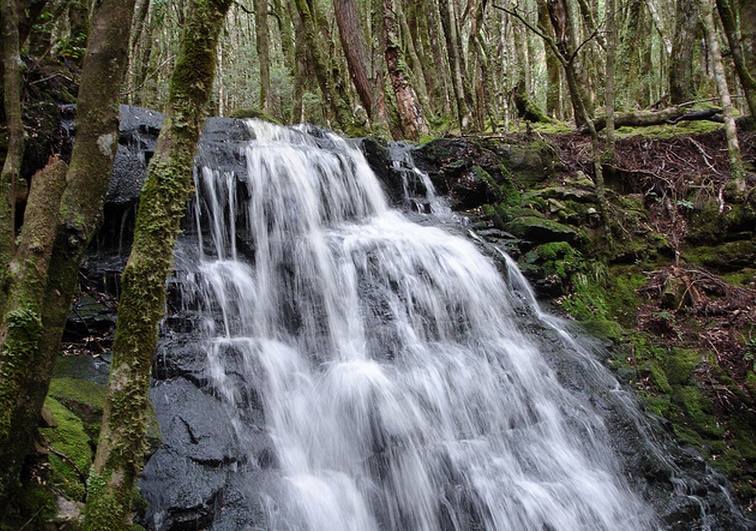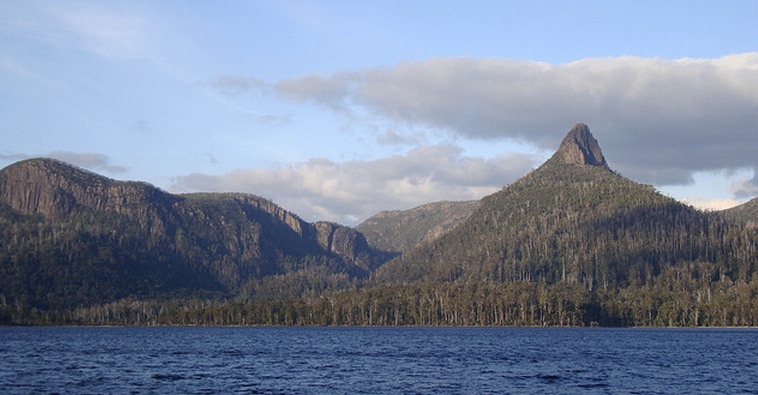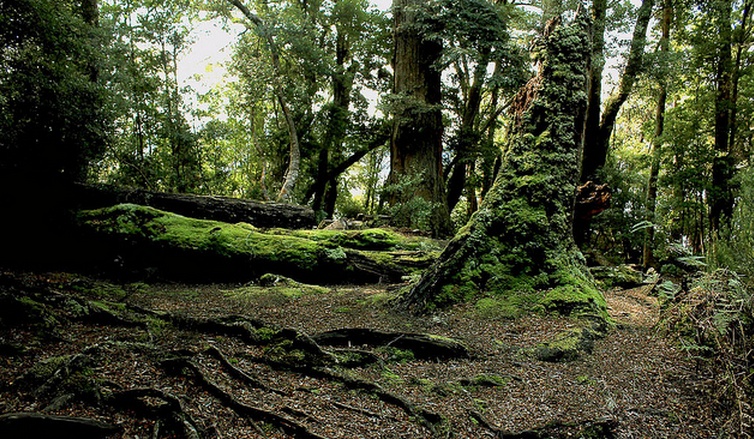Tasmanian Wilderness
From dramatic snowy peaks peaks in the north, to the vast glacial lake in the south; cascading rivers, and dense old growth rain-forest in between, this jewel of Tasmania’s central highlands region is one of the five national parks that form the Tasmanian Wilderness World Heritage Area.
The first European settlers to visit the area in the 1820’s were soon followed by explorers and prospectors. Some of the old timber huts still standing in the valley probably date back to these times.
With increasing numbers of visitors and growing interest in settling the area, in 1885 the land around Lake St Clair was formally set aside for public enjoyment by the government in a very early and far-sighted act of conservation.
It was declared a Scenic Reserve in 1922, and a National Park in 1971. It now covers an area of 161,000 hectares.
Within the spectacular geography and landscapes, the park is famous for its many walking trails especially the iconic Overland Track stretching over seventy kilometres north to south , between Cradle Mountain and Lake St Clair.
Many of the park’s natural features carry names from classical Greek mythology – such as Pelion, Olympus, Echo and Narcissus, named in the 1830’s by surveyor General George Frankland, inspired by what he considered the area’s classical beauty.
Most of the spectacular mountain peaks and lakes were formed by up to three ancient glacial advancements, occurring between two million and ten thousand years ago. The ridges and mounds of the valleys, known as moraines, were formed by the rocks and gravel deposited as glacial ice moved and melted across the landscape.




